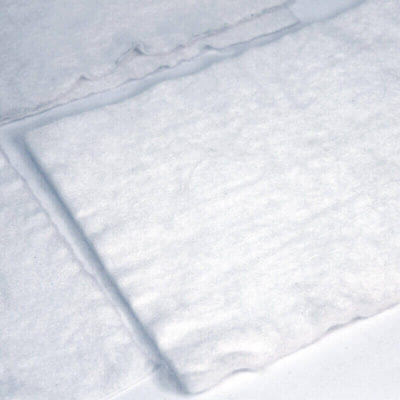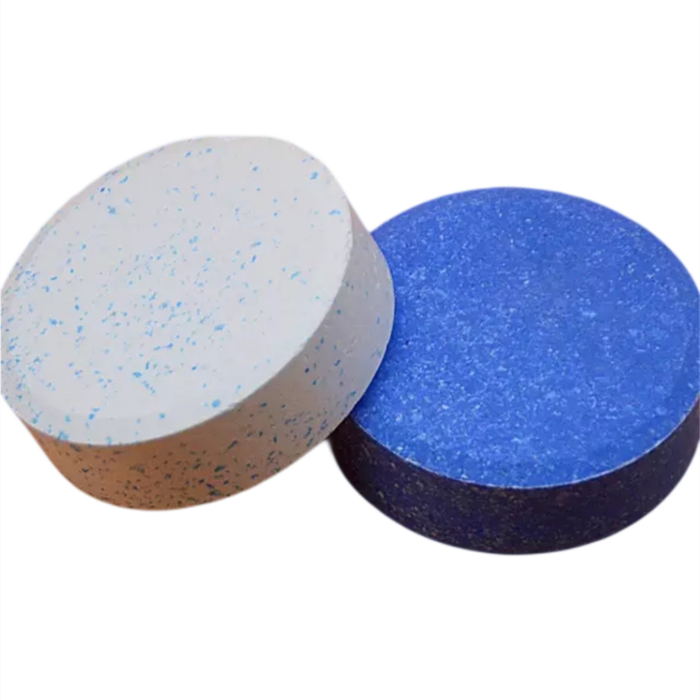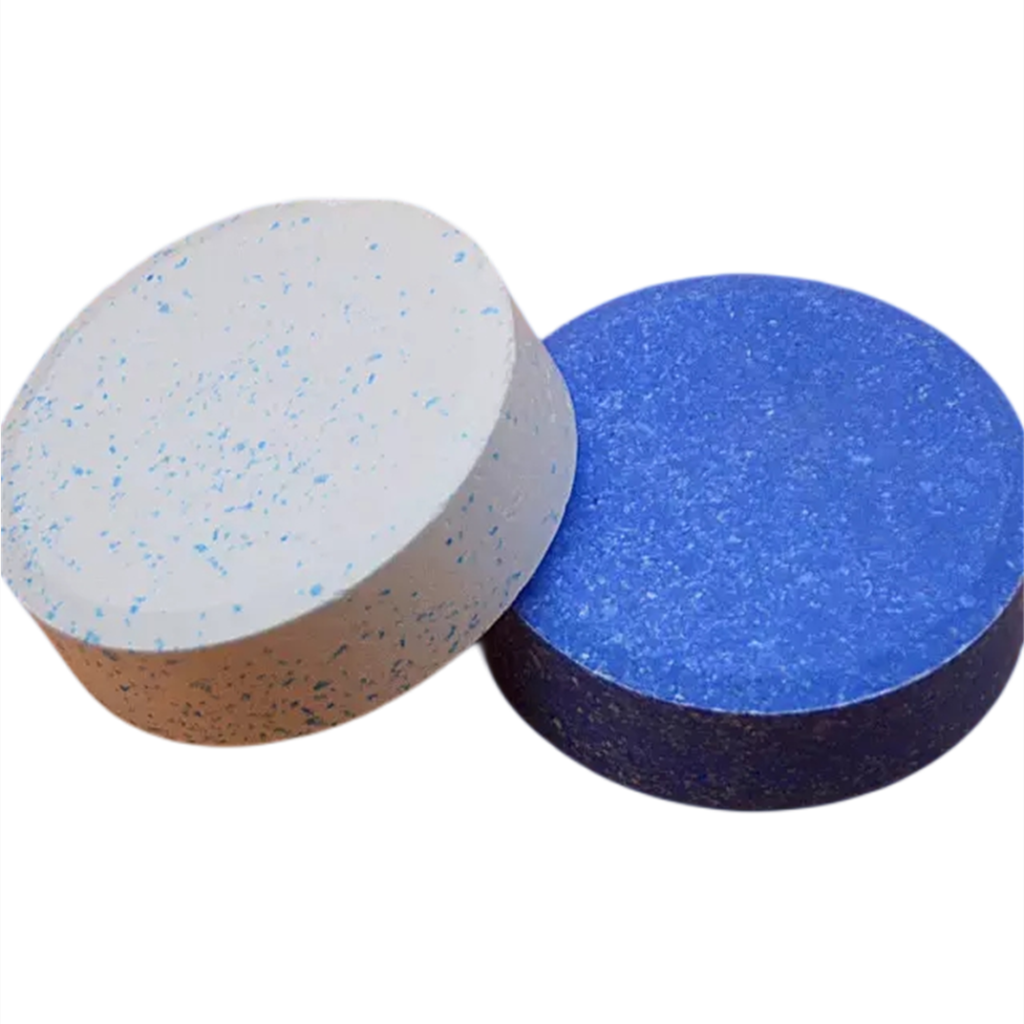
# Geotextile Purchase Guide: Tips for Buying the Right Geotextiles
When it comes to construction, landscaping, or environmental projects, geotextiles play a crucial role in ensuring stability, drainage, and erosion control. However, with so many options available, buying the right geotextile can be overwhelming. This guide will help you make an informed decision when you buy geotextiles for your next project.
## What Are Geotextiles?
Geotextiles are permeable fabrics used in conjunction with soil to improve its properties. They are commonly made from synthetic materials like polyester or polypropylene and are designed to provide separation, filtration, reinforcement, and drainage in various applications.
## Key Factors to Consider When Buying Geotextiles
### 1. Project Requirements
Before you buy geotextiles, it’s essential to understand the specific needs of your project. Are you looking for erosion control, soil stabilization, or drainage solutions? Different geotextiles are designed for different purposes, so identifying your requirements is the first step.
### 2. Material Type
Geotextiles are typically made from woven or non-woven materials. Woven geotextiles are strong and ideal for reinforcement, while non-woven geotextiles are better suited for filtration and drainage. Choose the material type based on your project’s demands.
### 3. Durability and Strength
Consider the tensile strength and durability of the geotextile. For heavy-duty applications like road construction, opt for high-strength geotextiles. For lighter tasks such as garden landscaping, a less robust option may suffice.
### 4. Permeability
Permeability is a critical factor, especially for drainage and filtration projects. Ensure the geotextile you choose allows water to pass through while retaining soil particles.
### 5. UV Resistance
If your project involves exposure to sunlight, UV resistance is a must. Prolonged exposure to UV rays can degrade geotextiles, so look for products with added UV protection.
### 6. Cost and Budget
While it’s tempting to go for the cheapest option, remember that quality matters. Investing in a high-quality geotextile can save you money in the long run by reducing maintenance and replacement costs.
## Where to Buy Geotextiles
When you’re ready to buy geotextiles, consider purchasing from reputable suppliers or manufacturers. Look for companies with positive reviews, certifications, and a wide range of products. Online marketplaces and local construction supply stores are also good options.
## Conclusion
Buying the right geotextile doesn’t have to be complicated. By understanding your project requirements, evaluating material types, and considering factors like durability and permeability, you can make an informed decision. Whether you’re working on a large-scale construction project or a small landscaping task, the right geotextile will ensure long-lasting results. Happy shopping!
Keyword: Buy geotextiles


